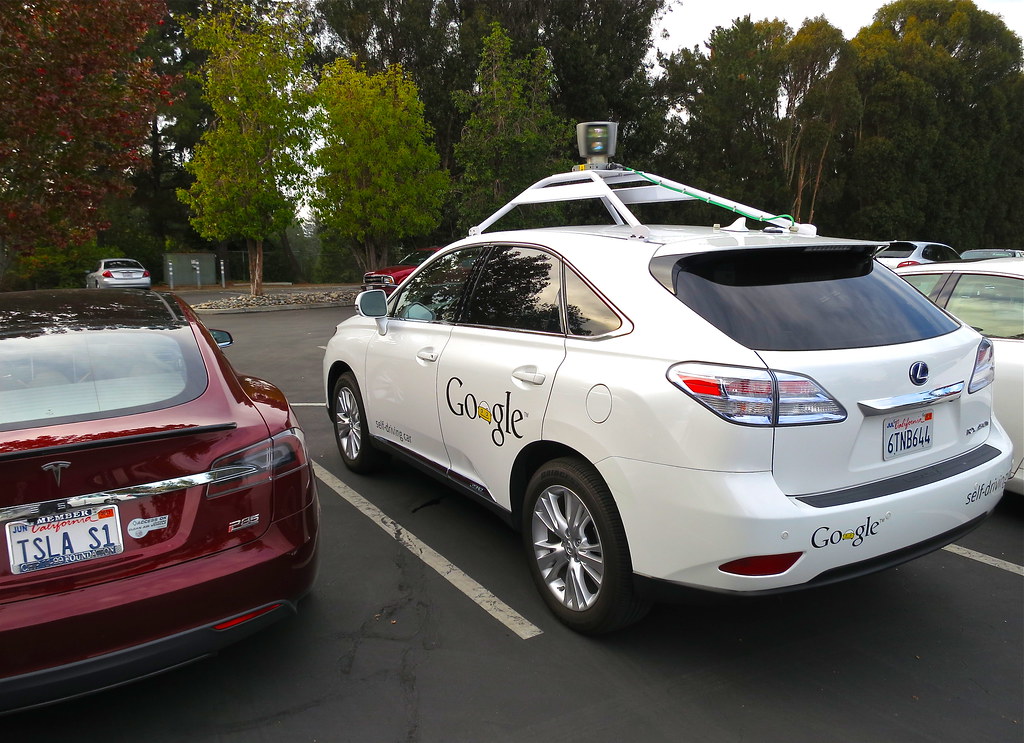
Highways should have dedicated lanes for autonomous vehicles similar to bus or high-occupancy vehicle lanes, suggests a new study from Australia.
Ongoing research into autonomous vehicles has raised questions as to what effects they might have when they enter the market. Self-driving cars and trucks could significantly hinder everyone’s travel experiences if road and transportation networks are not prepared for them, said study lead author Shantanu Chakraborty at the University of New South Wales in Sydney.
In the new study, Chakraborty and his colleagues developed computer models simulating mixed scenarios of autonomous and legacy vehicles that are not automated. They found exclusive lanes for autonomous vehicles significantly improved the overall safety in a hybrid network of pedestrians, cyclists, autonomous vehicles and legacy vehicles.
The scientists also found dedicated lanes for autonomous vehicles can improve overall traffic flow, as machines in autopilot do not have to rely on driver attention and reaction time to traffic conditions.
“Say you’re sitting in traffic and the traffic light turns green, the driver doesn’t instantaneously take off that second. There is usually a response time before you press on the pedal and the car moves. Then the driver behind you reacts and so forth and by this stage, there has been some time passed,” Chakraborty said in a statement. “However, with autonomous vehicles, the movement is more coordinated because the vehicles are fitted with sensors. When the signal turns green, all the vehicles move simultaneously, which will improve traffic flow and reduce congestion.”
All in all, “traffic congestion costs the economy billions of dollars every year in all the extra time spent commuting,” Chakraborty said in a statement. “The proposed model will help minimize interaction with legacy vehicles and reduce overall congestion on the road.”
Adding an exclusive lane for autonomous vehicles means removing a lane from legacy drivers, so this may cause some disruption. Still, “if you look at our existing network, we already have something similar with dedicated bus lanes, so we’re not reinventing the wheel here,” Chakraborty said in a statement. “Freeways are also the best network of car lanes to trial as they have dedicated entry and exit points where drivers can automatically switch on and off their automated features.”
The researchers suggested variable signboards could be used to change highway lane designation based on the traffic condition at the time. “For example, during non-peak hour times when we don’t need a lane for autonomous vehicles, we can have all lanes open for legacy vehicles,” Chakraborty said in a statement. “Due to the minimal infrastructure, our proposed model also has the potential to design ramp metering for freeway networks to help regulate the flow of traffic during peak hour.”
To ensure that drivers of legacy vehicles don’t misuse the new lane system, “we can apply a fine when drivers of legacy vehicles enter lanes dedicated for autonomous vehicles,” similar to what is done with existing high-occupancy lanes, Chakraborty said in a statement. “Like any other road rules, we can only trust that drivers obey the signs and road rules.”
The scientists detailed their findings in the December issue of the journal Transportation Research Part C: Emerging Technologies.

